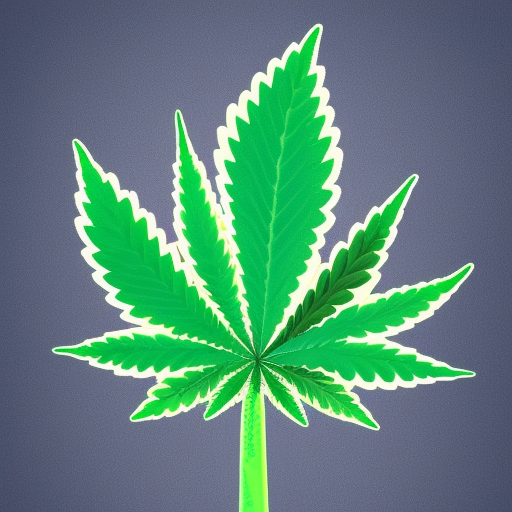
Yo, what’s up, it’s your boy Dan and today we’re talking about CBD strains and the endocannabinoid system. As more research is being done on the therapeutic benefits of cannabis, CBD has become the talk of the town in the health and wellness world. So let’s dive into this expanding world of CBD strains and learn how it affects our endocannabinoid system.
First off, let’s talk about what CBD seeds are. Back in the day, people were all about chasing high THC levels, but now breeders are focusing on strains with high levels of CBD and almost no THC. These strains won’t get you high, but they’re still worth checking out. Commercial CBD seeds started to emerge in the mid-2000s with cultivars like Juanita la Lagrimosa, which were bred for higher CBD content while trying to eliminate or mediate THC presence.
Today, both medicinal and recreational users enjoy CBD strains for different reasons. Instead of getting you high like THC, CBD induces a calming state that eases tension without messing with your focus or productivity. It’s great for taking the edge off a stressful day or adding a clear-headed edge to your nightly bong. You can smoke it, make edibles or concentrates – whatever floats your boat.
Now let’s talk about the endocannabinoid system. This system is involved in many physiological processes and regulates our mood, appetite, sleep cycle, pain perception and more using internally produced “endocannabinoids”. The endocannabinoid system was actually discovered when studying the effects of marijuana on humans and consists of receptors located throughout the central and peripheral nervous system and immune system. Exogenous cannabinoids or “phytocannabinoids” found outside the human body can activate this system to a potentially higher degree than endocannabinoids, allowing for new and powerful ways to work.
This is where CBD comes in because it interacts with cannabinoid receptors differently than THC. Instead of binding directly to CB1 or CB2 receptors, it modulates their activity indirectly. For example, CBD works against the production of fatty acid amide hydrolase, an enzyme that breaks down anandamide – a prominent endocannabinoid – increasing its availability in the brain without binding directly to endocannabinoid receptors. Ultimately, anandamide triggers the same receptor as THC resulting in therapeutic effects throughout the body without any psychotropic effects.
CBD is being studied for its potential therapeutic benefits which include anti-inflammatory functions, anticonvulsant functions and anxiolytic functions but there are very few conditions for which it is considered an actual treatment. Synthetic CBD spray Epidiolex is an FDA-approved treatment for two rare types of childhood epilepsy: Dravet syndrome and Lennox-Gastaut syndrome.
When browsing for CBD-rich seeds, you’ll often come across their CBD:THC ratio which is just the amount of CBD relative to THC in a particular cannabis strain. Different ratios can be advantageous for different types of users depending on their experience with cannabis. For example, if you’re new to cannabis it might be a good idea to start out with a low-THC strain and work your way up to higher concentrations if desired.
So there you have it folks, a brief rundown on CBD strains and how they affect our endocannabinoid system. It’s all about finding what works best for you and enjoying the benefits that come with it. Stay lifted!


Yo, this info mad helpful. I been lookin for ways to chill and feel better naturally. CBD strains sound like the move. Thanks for breakin it down!